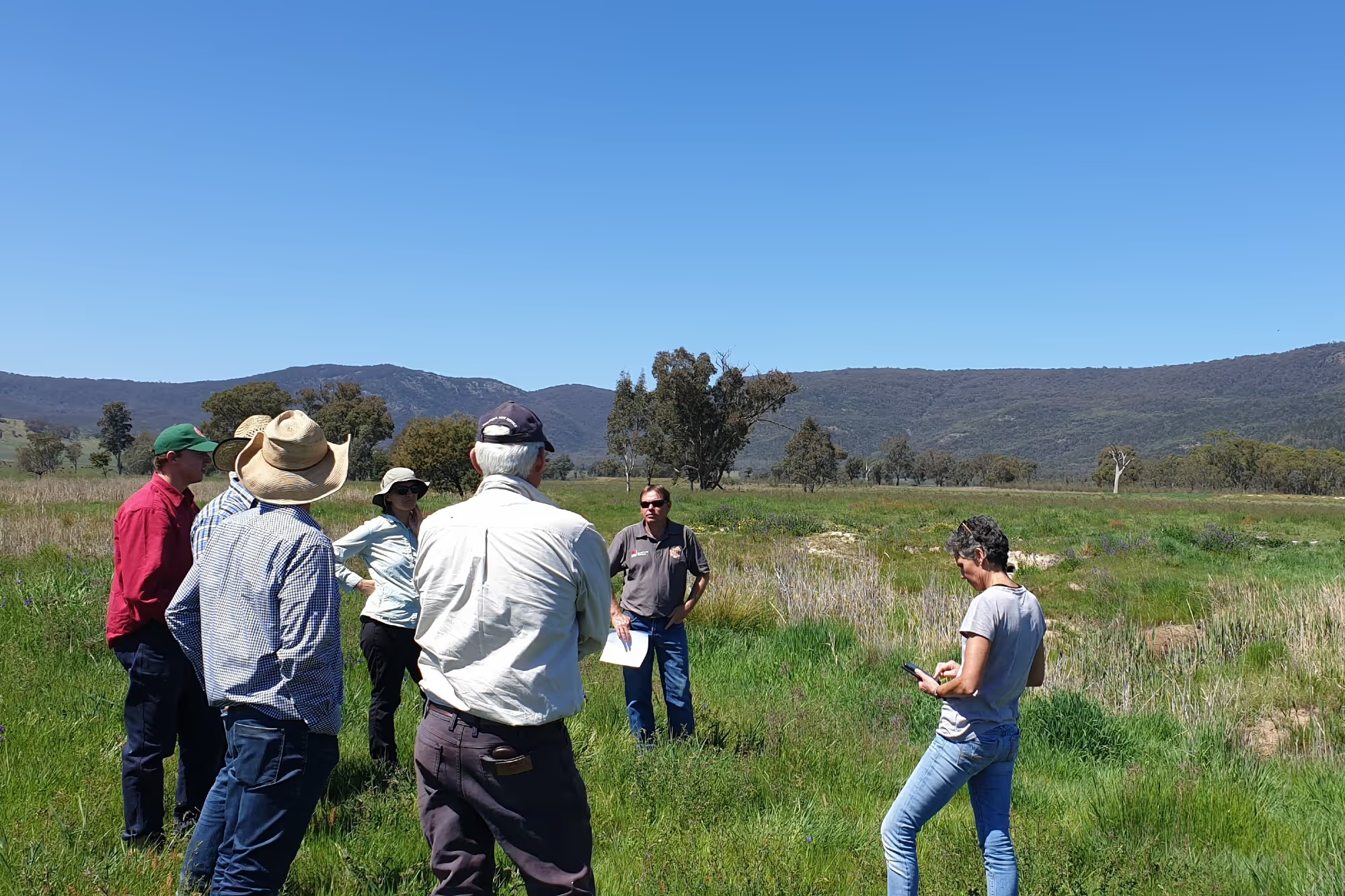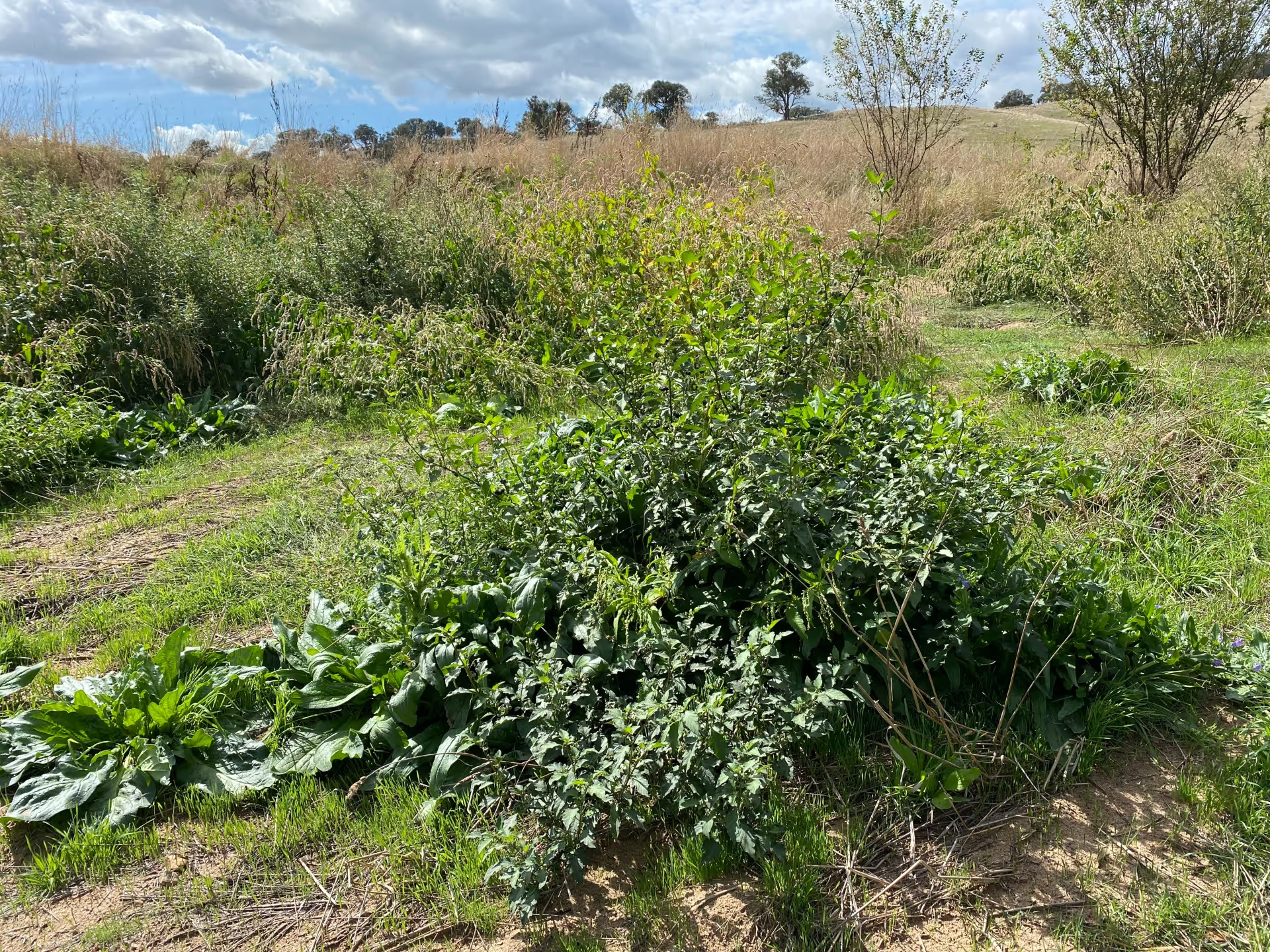Why Upper Billabong?
The Upper Billabong catchment has a long history of people working together to restore and protect waterways and riparian corridors. Producers in the area have been early adopters of catchment-friendly practices on farms.
Upper Billabong is traditional country of Wiradjuri First Nations people. The catchment covers 171,000 hectares, encompassing the headwaters of the Billabong Creek, which rises in the east and travels west for more than 300km. With no in-stream storages, the creeks flow in response to rainfall conditions.
Upper Billabong is an area of high rainfall, supporting prime agricultural land as well as habitat for special plants and wildlife including Squirrel Gliders, Regent Honeyeaters, Swift Parrots, Superb Parrots, Rakali, Southern Pygmy Perch and many others.
Two decades on from the creation of the first Waterway Management Plan for Upper Billabong, a new plan has been co-created by the community, landholders and project partners. Today’s landholders have an opportunity to build on past successes and to address new and ongoing challenges.
Talk to our Upper Billabong Project Officer
"We have one of the last populations of Southern Pygmy Perch in the Murray catchment and it has been teetering for the last 10 years. Getting the whole community involved and keeping our creeks and waterways functioning and resilient as our natural and production systems adapt to climate changes, can give these struggling species the fighting chance they need."


























.jpg)




























